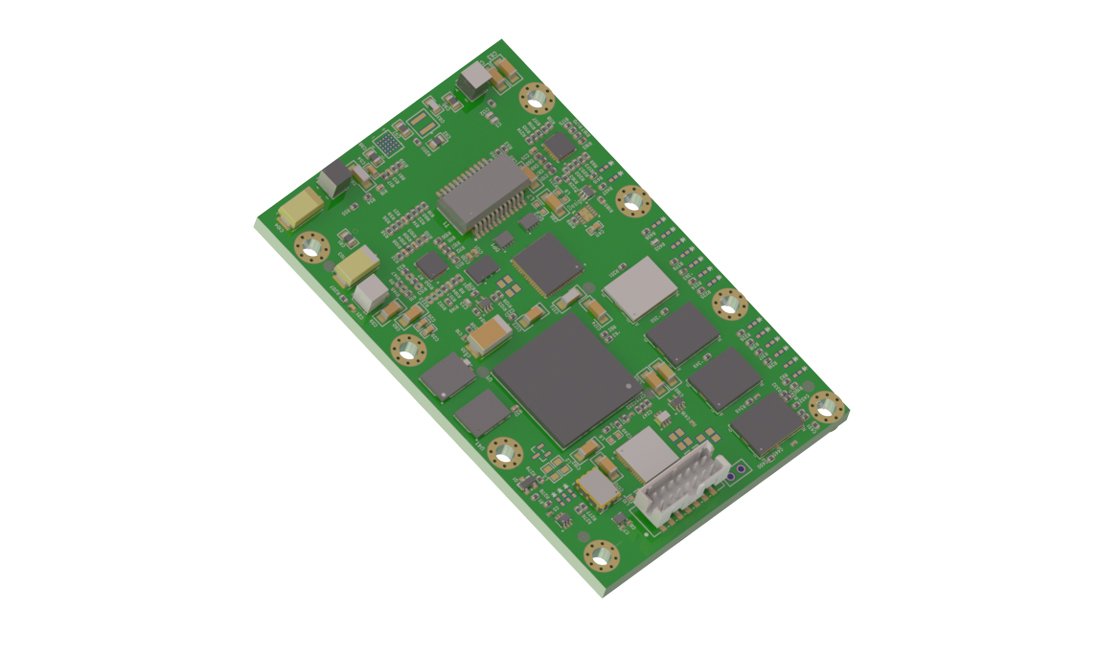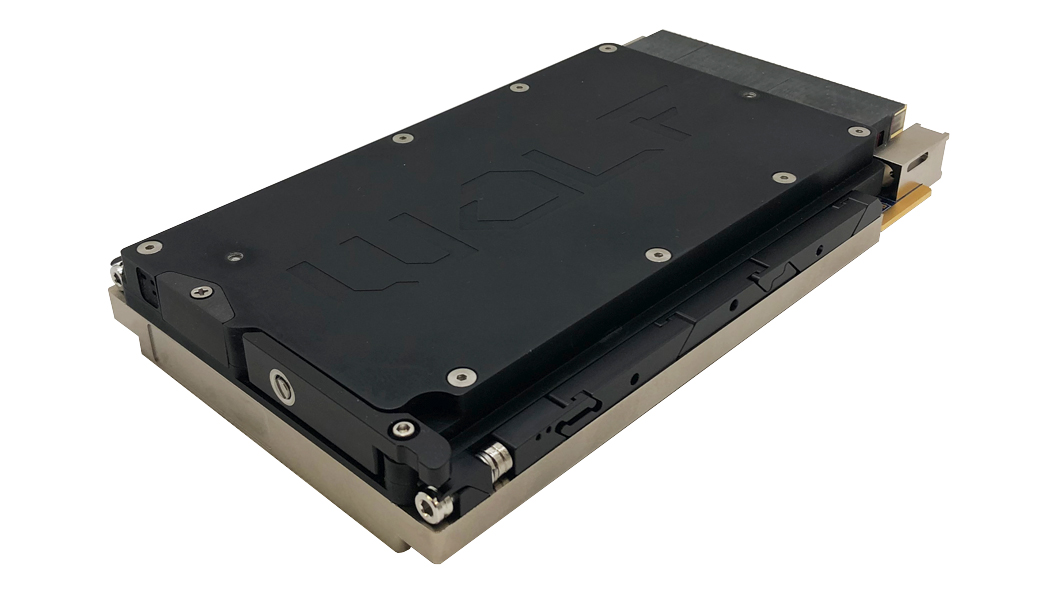EL SEGUNDO, Calif., Nov. 17, 2008 — Boeing [NYSE: BA] announced today that it will add improved capabilities to its technology for the U.S. Air Force’s Operational Control Segment (OCS) satellite ground-control system. The new technology will allow the system to operate the new Boeing-built Global Positioning System (GPS) IIF satellites in addition to the current on-orbit GPS fleet, and provide advanced encryption and data-protection capabilities. The first of 12 GPS IIF satellites is scheduled to launch in the third quarter of 2009.
“Boeing and the U.S. Air Force GPS Wing’s seamless deployment of the OCS in September 2007 introduced the beginning of a new era of GPS operational capabilities to support our warfighters and civilian users around the world,” said Air Force Col. David Madden. “This additional technology will help us enhance the performance of the new GPS IIF satellites and the current GPS constellation.”
The OCS system, also known as the Architecture Evolution Plan, is a distributed-server-based system designed to improve operations, increase efficiency and provide a foundation for new capabilities.
“This is the first step in enabling the advancements that the GPS IIF satellite brings to the GPS constellation,” said Craig Cooning, vice president and general manager of Boeing Space and Intelligence Systems. “The flexible design of the OCS system enables it to accommodate technology improvements as they become available.”






